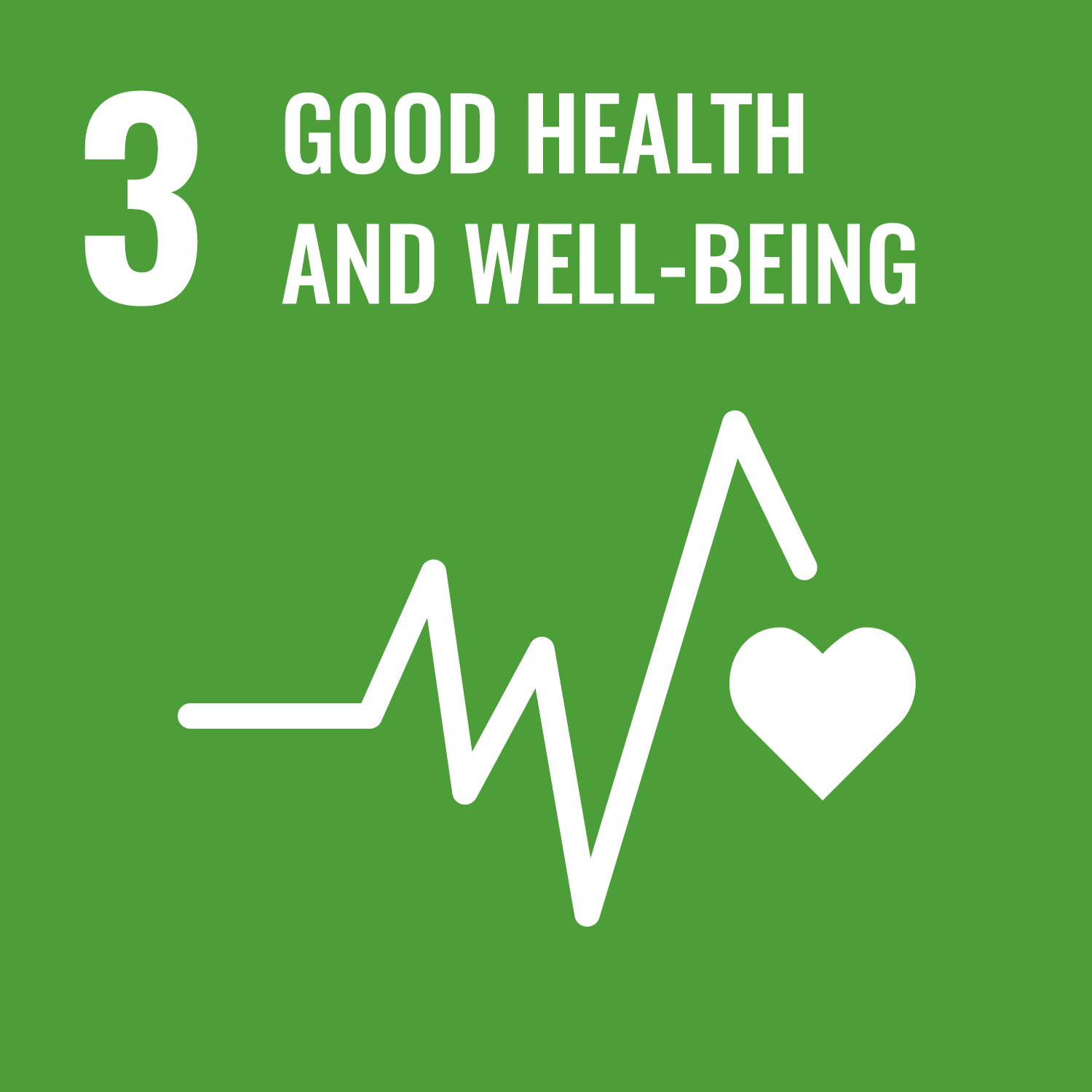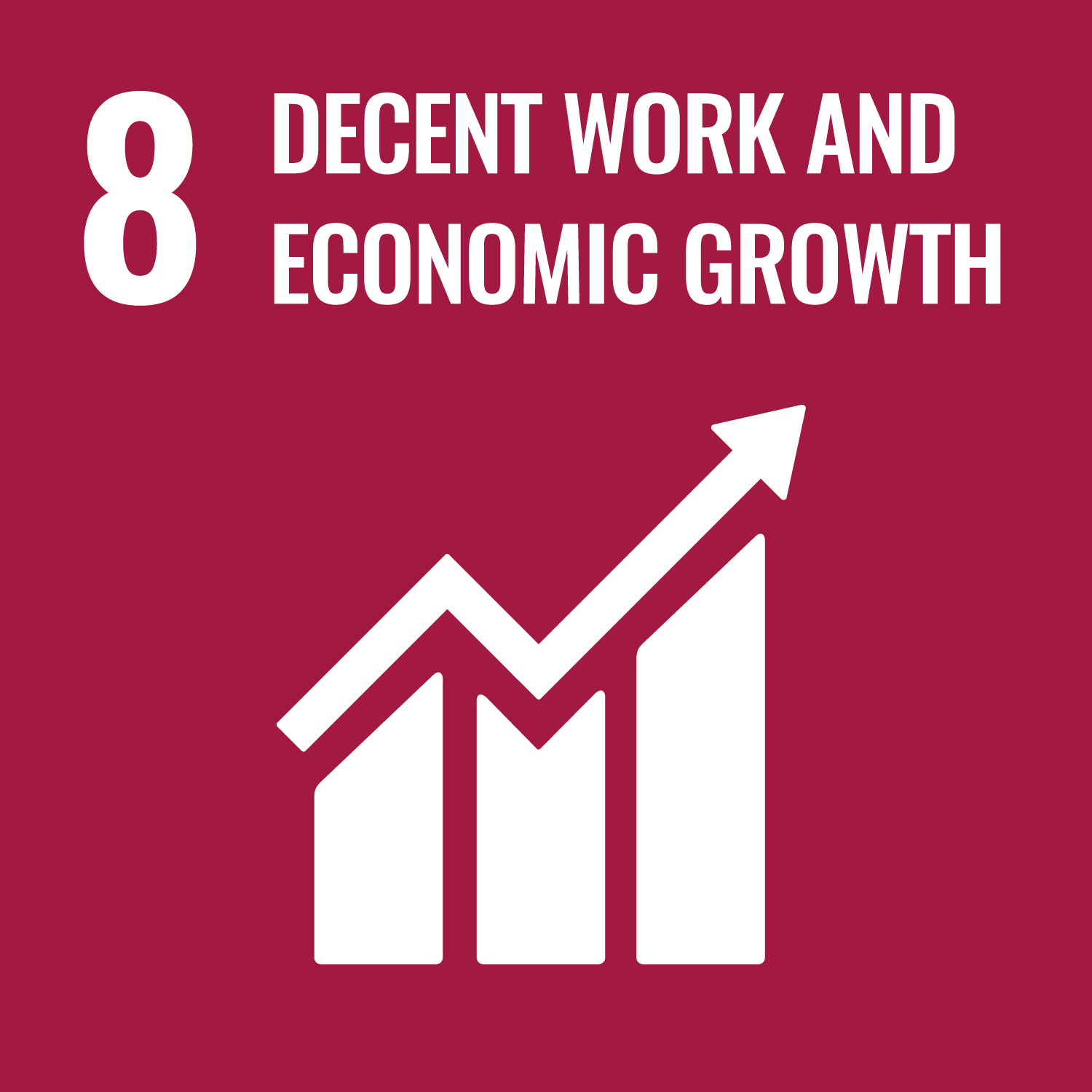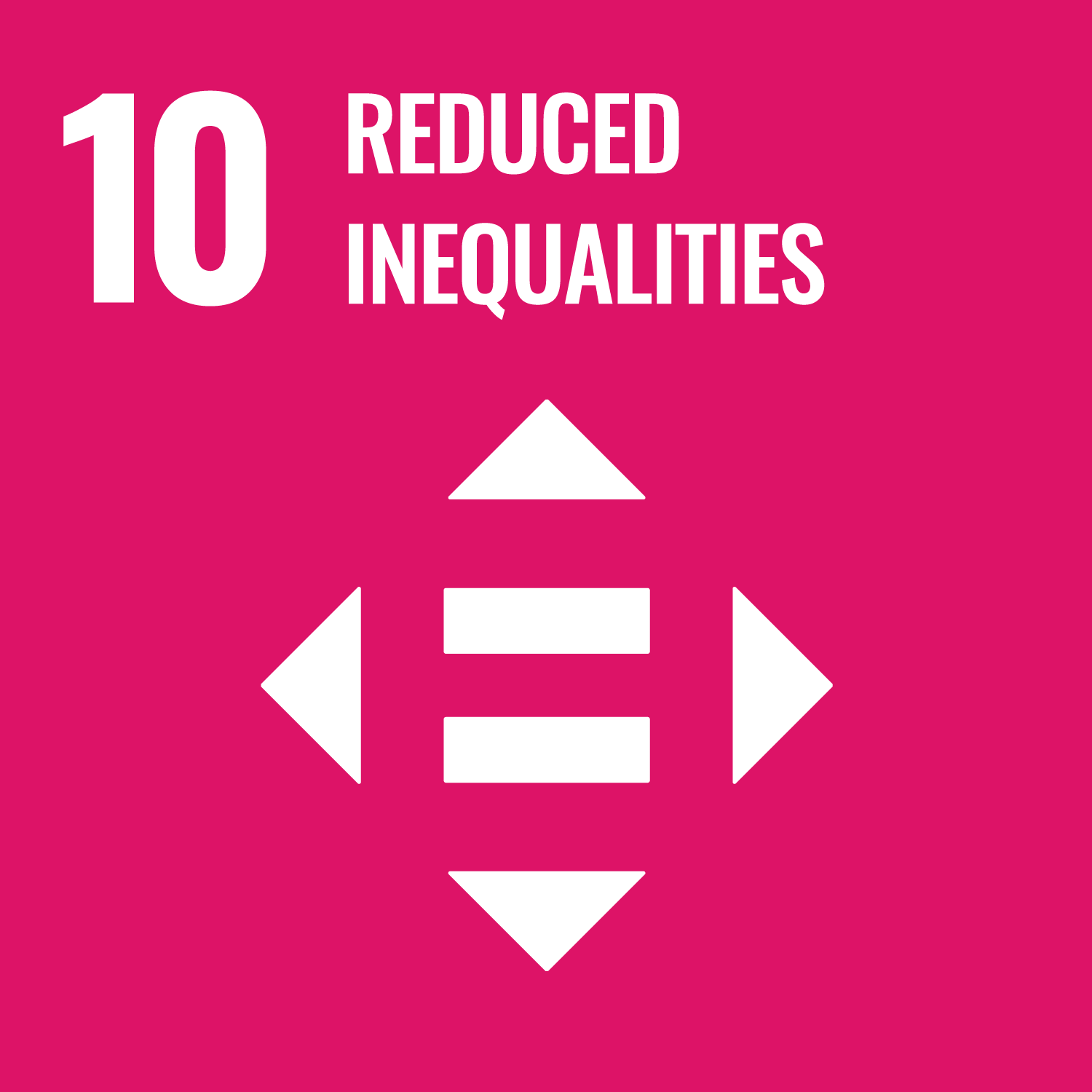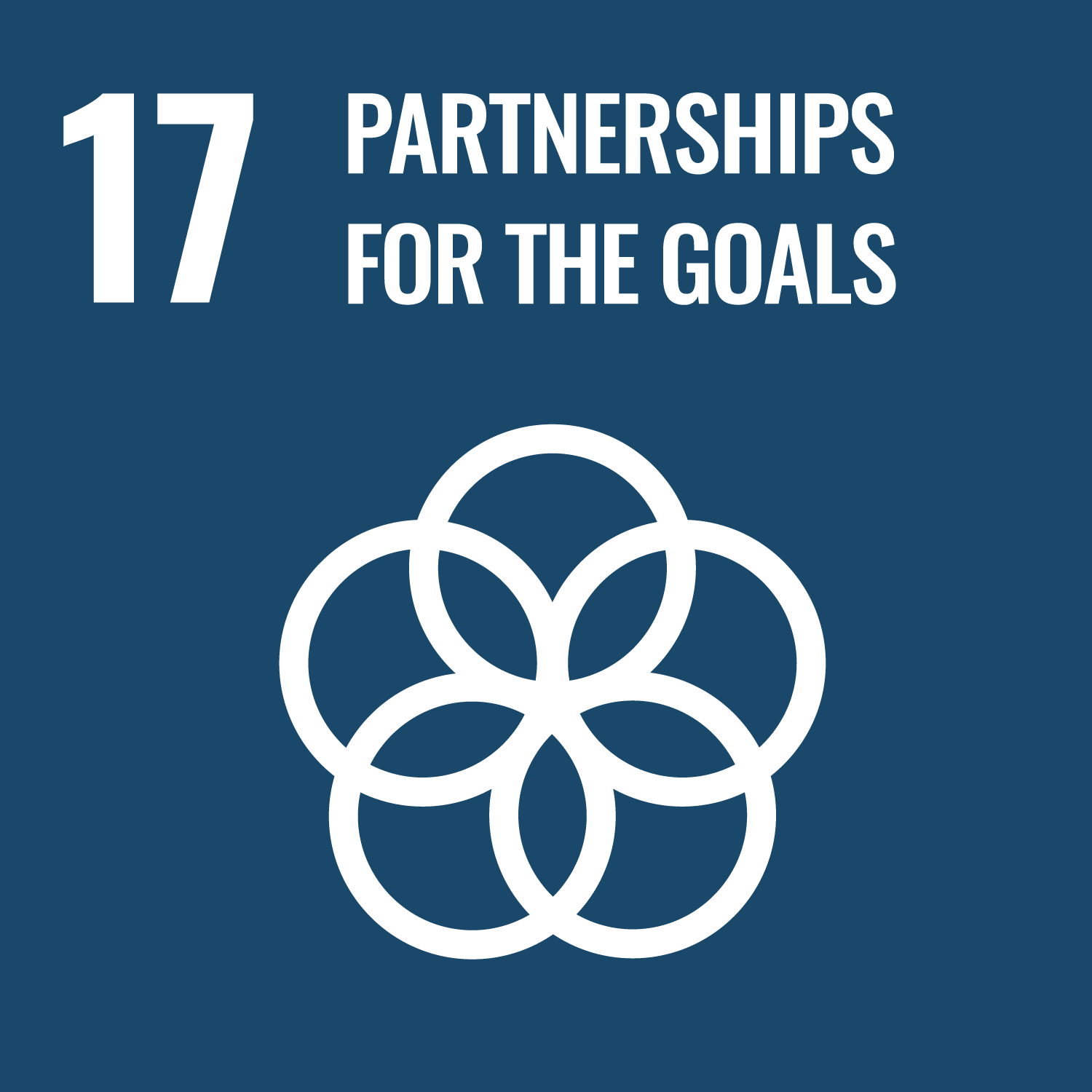Safety, which is also the most important value in the ethics of engineers, has always been the most important issue in ‘engineering’,
which is based on basic science and aims at ‘practical use’ or its advancement.
In this lecture, we will discuss how the concept of safety and its counterpart, hazard and risk, has changed over the years and how they have been realized. What are the current concerns? What are the current issues of concern?
In this lecture, we will discuss how the concept of safety and its counterpart, hazard and risk, has changed over the years and how they have been realized. What are the current concerns? What are the current issues of concern?
The aim of the course is to enable students to think and act on the following issues
In Japan, which is said to be the safest country in the world, to learn and deepen their understanding of what ‘safety’ means.
Understand how safety is achieved.
To understand how safety is achieved in Japan, which is said to be the safest country in the world, and to deepen their understanding of this concept.
Think about what you have to do to create safety.
In Japan, which is said to be the safest country in the world, to learn and deepen their understanding of what ‘safety’ means.
Understand how safety is achieved.
To understand how safety is achieved in Japan, which is said to be the safest country in the world, and to deepen their understanding of this concept.
Think about what you have to do to create safety.
- Know and deepen what ‘safety’ means
- Understand the elements that make safety possible
- Understand the risks posed by technological developments
- Consider and explain what they have to do to create safety themselves
- Understand the importance of working with others
- Understand ethics and the importance of improving their competence
| Class Reports | Final Report | Total. | |
|---|---|---|---|
| 1. | 10% | 5% | 15% |
| 2. | 10% | 10% | |
| 3. | 10% | 5% | 15% |
| 4. | 10% | 5% | 15% |
| 5. | 20% | 5% | 25% |
| 6. | 20% | 20% | |
| Total. | 60% | 40% | - |
Attendance rate of at least 75% is assumed.
Grades are the sum of class reports and final report scores.
Grades are the sum of class reports and final report scores.
| Class schedule | HW assignments (Including preparation and review of the class.) | Amount of Time Required | |
|---|---|---|---|
| 1. | History of safety | Actively seek out and think about information from the news and other sources with a ‘safety’ and ‘ethical’ perspective. | 60minutes |
| 2. | History of engineering ethics | Actively seek out and think about information from the news and other sources with a ‘safety’ and ‘ethical’ perspective. | 60minutes |
| 3. | Safety and risk | Actively seek out and think about information from the news and other sources with a ‘safety’ and ‘ethical’ perspective. | 60minutes |
| 4. | Elements that make safety | Actively seek out and think about information from the news and other sources with a ‘safety’ and ‘ethical’ perspective. | 60minutes |
| 5. | Value other than safety | Actively seek out and think about information from the news and other sources with a ‘safety’ and ‘ethical’ perspective. | 60minutes |
| 6. | The clash between safety and non-safety values_1 | Actively seek out and think about information from the news and other sources with a ‘safety’ and ‘ethical’ perspective. | 60minutes |
| 7. | The clash between safety and non-safety values_2 | Actively seek out and think about information from the news and other sources with a ‘safety’ and ‘ethical’ perspective. | 60minutes |
| 8. | Safety as an organization | Actively seek out and think about information from the news and other sources with a ‘safety’ and ‘ethical’ perspective. | 60minutes |
| 9. | Why is safety hampered? | Actively seek out and think about information from the news and other sources with a ‘safety’ and ‘ethical’ perspective. | 60minutes |
| 10. | Technology and risk_1 | Actively seek out and think about information from the news and other sources with a ‘safety’ and ‘ethical’ perspective. | 60minutes |
| 11. | Different stakeholders in technology_1 | Actively seek out and think about information from the news and other sources with a ‘safety’ and ‘ethical’ perspective. | 60minutes |
| 12. | Technology and risk_2 | Actively seek out and think about information from the news and other sources with a ‘safety’ and ‘ethical’ perspective. | 60minutes |
| 13. | Different stakeholders in technology_2 | Actively seek out and think about information from the news and other sources with a ‘safety’ and ‘ethical’ perspective. | 60minutes |
| 14. | At the end of the lecture | Actively seek out and think about information from the news and other sources with a ‘safety’ and ‘ethical’ perspective. | 60minutes |
| Total. | - | - | 840minutes |
| ways of feedback | specific contents about "Other" |
|---|---|
| Feedback in the class |
There are no set books.
Handouts should be read through in advance.
Promote finding books that aid your understanding and keep them to hand,\.
Handouts should be read through in advance.
Promote finding books that aid your understanding and keep them to hand,\.
To research, in one's own way, troubles and scandals related to engineers or technical companies.
Think about them and analyze them.
Think about them and analyze them.
- Actively ask questions before, during, and after lectures.
- Emails are accepted at any time.
- Course that cultivates a basic self-management skills
- Course that cultivates a basic interpersonal skills
- Course that cultivates a basic problem-solving skills
- Course that cultivates an ability for utilizing knowledge
| Work experience | Work experience and relevance to the course content if applicable |
|---|---|
| Applicable | Risk communication in practiced in society. Involved in "fostering organizational culture" in multiple organizations. |







- 3.GOOD HEALTH AND WELL-BEING
- 5.GENDER EQUALITY
- 8.DECENT WORK AND ECONOMIC GROWTH
- 10.REDUCED INEQUALITIES
- 12.RESPONSIBLE CONSUMPTION & PRODUCTION
- 16.PEACE, JUSTICE AND STRONG INSTITUTIONS
- 17.PARTNERSHIPS FOR THE GOALS
Last modified : Tue Mar 18 04:07:40 JST 2025
